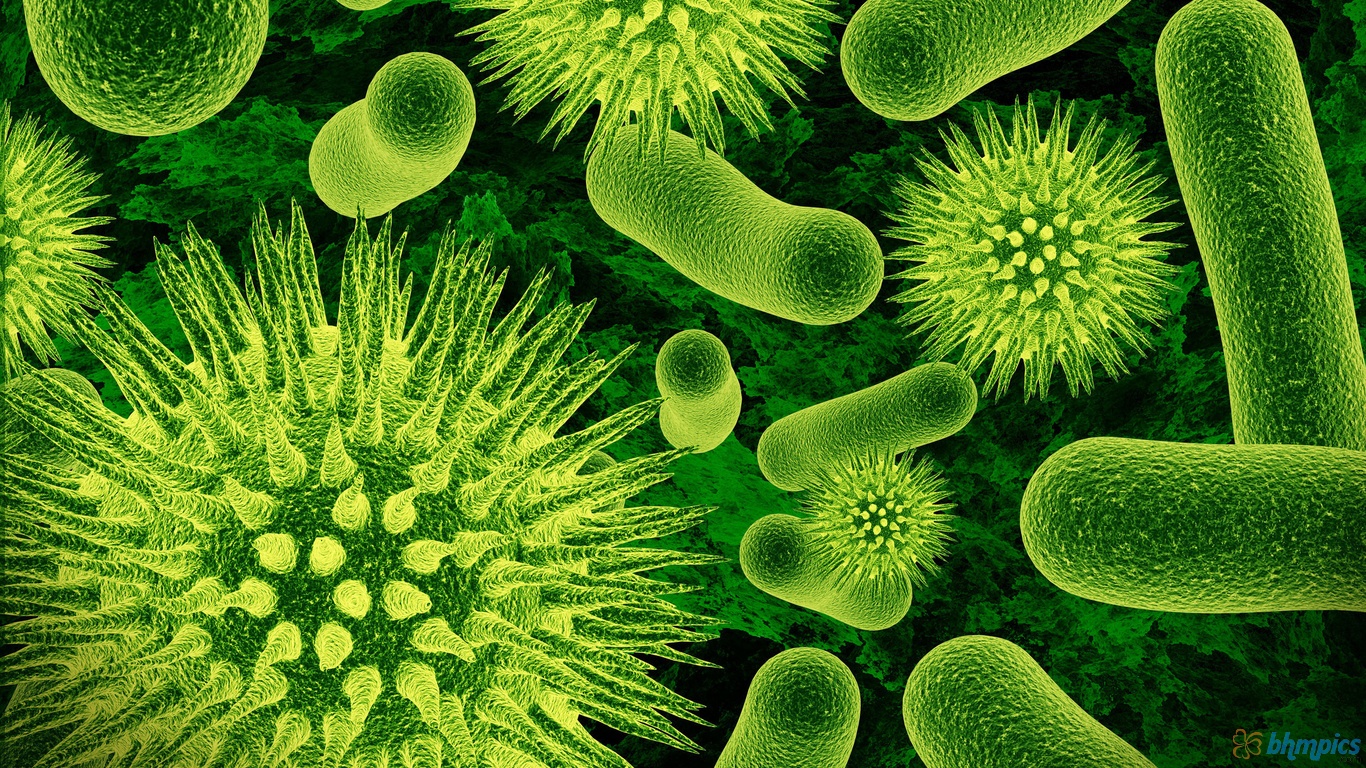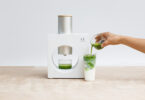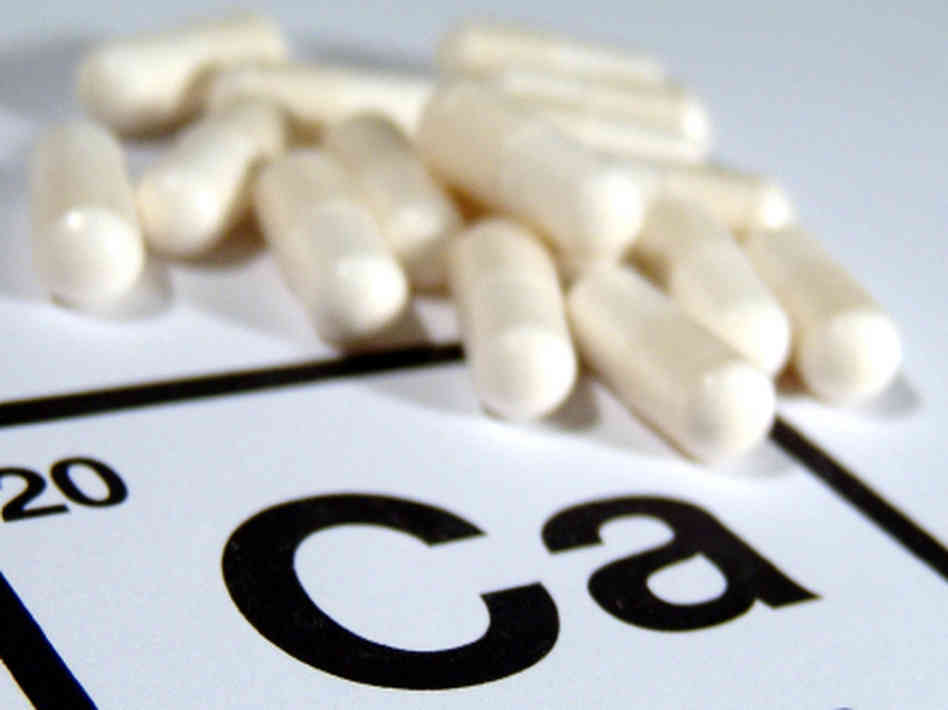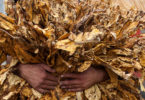There’s bacteria in water you’re drinking right now, so put your cup down for a minute.
Most people buy bottled water because they want to avoid the microorganisms in tap water, but did you know that both tap and bottled water contain A LOT of bacteria, protozoans, and other pathogens? You may find that it’s not quite as clean as you think, particularly tap water.
Here are a few of the bacteria and microorganisms in your drinking water:
- Cryptosporidium — This single-celled protozoan is found in water that comes from rivers, lakes, and streams, and it’s nearly impossible to filter out without some serious water filtration systems. It latches onto the intestines and lays eggs there, thereby infecting fecal matter. It is known to cause diarrhea and can be hard to deal with.
- Rotifers — This is a microorganism found just about everywhere on the planet, and it’s one of the most common contaminants in your water. They show up in a lot of tap water, and though they’re fairly harmless, they indicate that there is something wrong with the filtration system used to purify the water. They can even act as hosts for other bacteria and pathogens that can make you sick.
- Anabaena circinalis — This is a form of bacteria found in freshwater reservoirs pretty much everywhere. They have been known to cause neurotoxins to form, leading to respiratory arrest (and ultimately death). They are classified as dangerous, but thankfully most filtration systems eliminate them effectively.
- Copepods — These tiny bugs swim around in tap water. They’re actually beneficial to the water source, as they feed on toxins. But who wants little bugs swimming around in their water? They’re a sign the filtration system is not working.
- Rhizopus stolonifer — These are tiny toxic mold spores that are also known as “black bread mold”. It’s one of the most common fungi in the world, and though it’s usually harmless in small doses, it can be harmful in large doses.
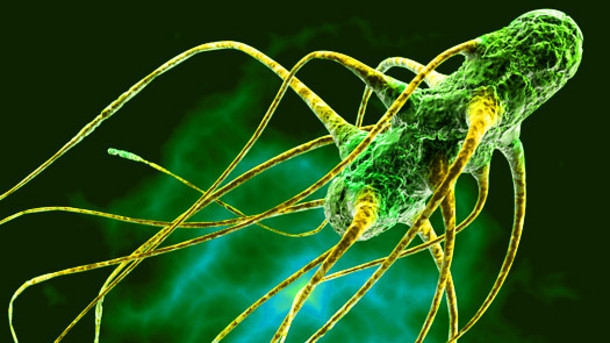
READ MORE: What You Need to Know About Dirty Snow
- E.coli — This bacteria lives in fecal matter, and when animals poop in the water supply, it can contaminate the drinking water. It’s nearly impossible to get rid of E.coli bacteria completely, and it’s estimated by the EPA that it will be present in the water supply at least 5% of the time.
- Naegleria fowleri — This amoeba is known to eat brains, as it attacks your nervous system. Thankfully, it’s incredibly rare, and it isn’t effective if you consume it orally (drinking water). It enters through the nasal cavity, meaning making a nasal flush (with a Netti pot) could increase your risk of coming in contact with these bacteria.
- Chaetomium sp. — This mold can be found in just about every moist place, and it’s often found in tap water–giving it that “off” smell and taste. They aren’t usually dangerous, but they can occasionally cause an infection or can pose a serious threat to those allergic to the spores.
- Legionella Pneumophila — These bacteria send about 18,000 people to the hospital every year, and it’s all thanks to contaminated water. Some of the symptoms they can cause include fever, muscle aches, diarrhea, and vomiting.
- Salmonella Enterica — Salmonella isn’t just a threat when it comes to raw meat and eggs, but it can be in your water as well. Salmonella can be found in the water of first world countries as well as developing nations, and it can be a huge problem in both drinking and tap water. Definitely not one to ignore!

